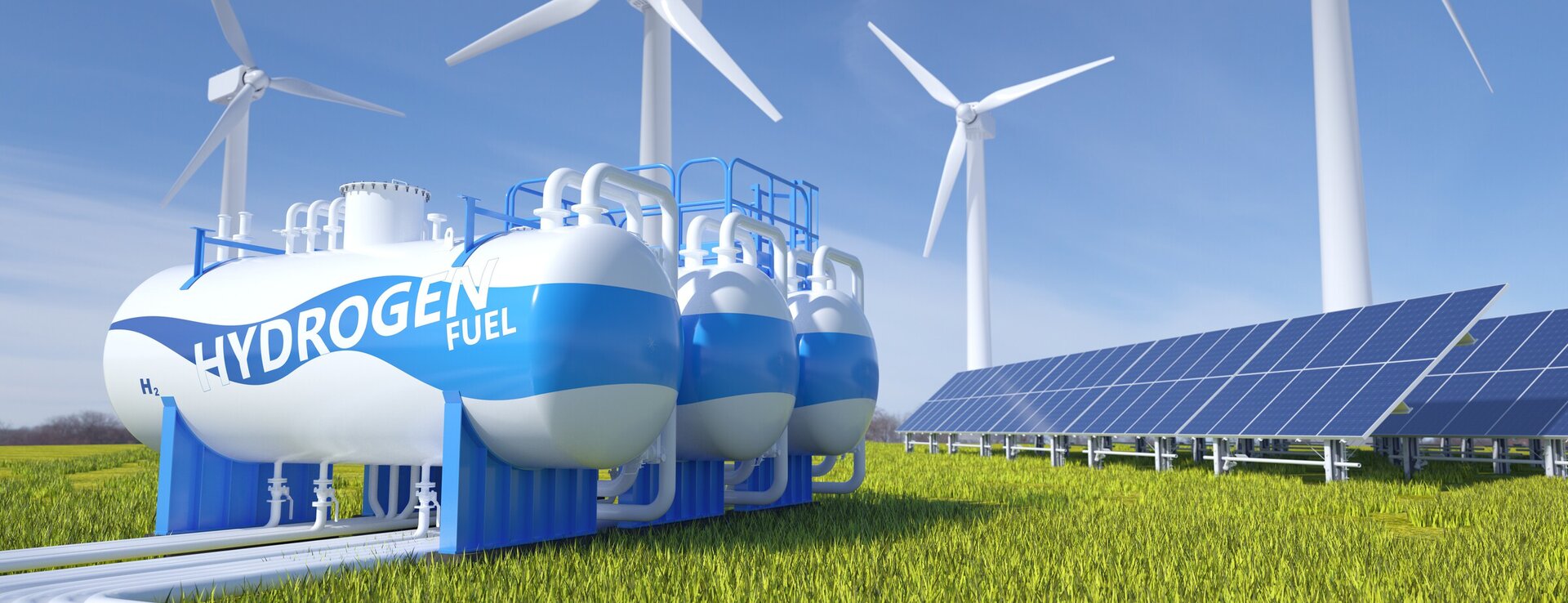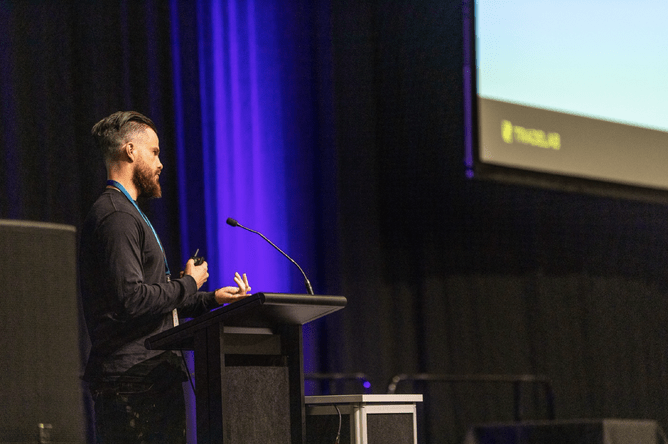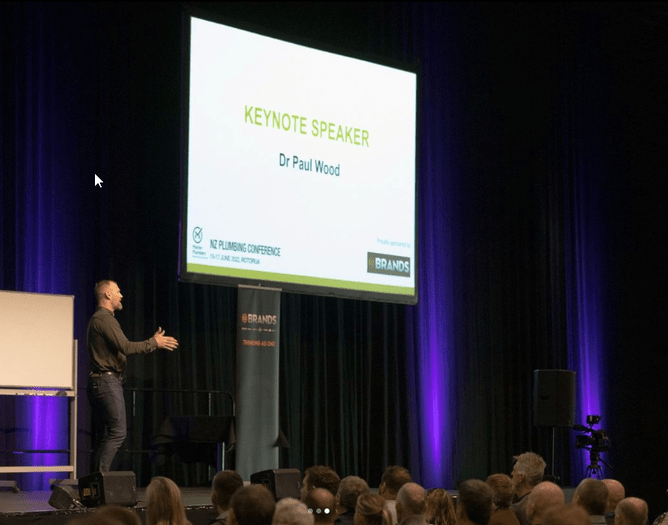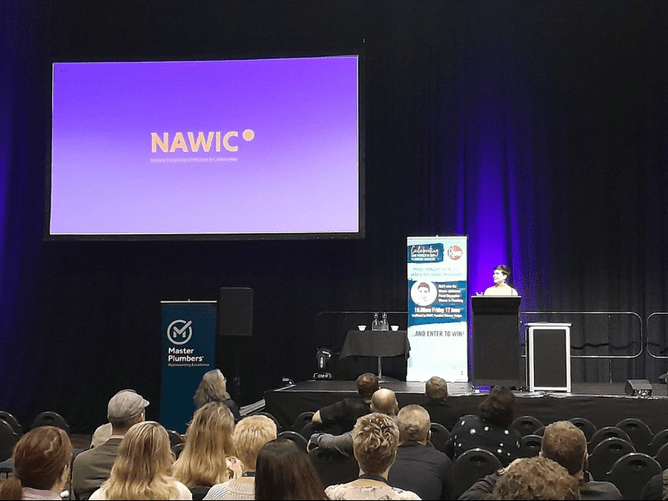I recently had the privilege of both attending and speaking at the 2022 Master Plumbers Conference from the 15th to 17th June in Rotorua. It was fantastic to see over 300 happy faces after Covid restrictions have made it difficult to plant and execute events.
While I have been to a couple of these conferences now, this one really stood out to me with the amount of change happening in the industry at the moment. From new building code updates, to leveraging emerging technologies in the industry, this year's conference really blew me away.
I thought it would be good to discuss what was covered and some of my key take aways, who knows, it might just encourage you to be there next year!
Day 1 - Technical sessions
The technical sessions this year addressed some of the friction between the consulting and the installation side of the industry. As we move into further into a digital world, the relationships that used to exist from face-to-face contact become less and less. In addition to that the New Zealand construction industry is becoming more litigious and these two factors are causing peoples circles of trust to become smaller. These factors compound each other to create negative sentiment between different parts of the industry that, if collaborative, increase the industries efficiency.
In my presentation, I highlighted the different priorities and concerns that a consultant has when compared to a tradie. With a competitive tendering process, the trade is often most concerned about ease/speed and cost of installation. Where a consultant has time after winning a job to work through a clients project specific requirements, the trade often doesn’t get to see or understand those conversations and the associated design outcomes.
To illustrate this, I used hot water ring main thermal losses as an example. While the building code minimum sits at 13mm thick insulation, providing 25mm thick insulation can have a massive impact on reducing energy losses and carbon footprint.
I estimate about 50,000m of hot water ring main is installed each year in New Zealand, which would equate to approximately 735 kW of energy losses every hour, simply circulating water around the loop. Over a 50 year building life, that equates to about 320,000,000 kW of energy (the equivalent of about 110,000,000 hot water cylinders). By simply increasing the insulation thickness from 13 to 25 mm, that energy loss reduces to 218,000,000 kW (roughly a 33% reduction).
What does this actually mean in dollars and carbon? The reduction is about $14 million dollars in energy costs, and about 4,000 – 8,000 tons of CO². Over the life of someone’s career, that’s $630 million dollars and 180,000 – 360,000 tons of CO².
So while a tradie might see ‘onerous’ insulation requirements, the consultant sees $630 millions dollars, and 180,000 – 360,000 tons of CO².
The differences in thinking are important, and together they will create a better outcome. But it’s important both view points exist and can work together in order to create those outcomes.
Day 2 - Dr. Paul Wood
Dr. Paul Wood kick started day 2 by sharing his incredible life journey from being a convicted murderer at age 20, all the way through to leaving prison with a Ph.D in psychology.
Paul’s story is a truly inspiring one of how much you can change your life with a shift in mindset and something that I can relate to at a personal level having also left school at 15 convinced I was stupid before graduating from my degree winning the senior scholar award.
You can watch a video of Paul’s story here:
https://www.youtube.com/watch?v=LjjlsW1MDmc
Brad Olsen - Infometrics
You may know Brad from being on the TV any time anyone want to know anything about economics. Brad presented a range of economic data, none of which was very pleasant to listen to. Not because Brad is boring, quite the opposite. There just wasn’t much good news in what he had to say.
Key take aways here were:
- Inflation is likely to stay at elevated levels for at least the next couple of years
- While building consents have been at an all time high, the conversion to building those consents is low
- Over 100 companies in the construction industry are in liquidation this year alone
- While CPI inflation is around 7%, construction material costs are up 34%
Janet Carson – GasNZ
Janet gave a great presentation about the future of gas in New Zealand. With the bombshell dropped by the Climate Change Commission mid 2021 recommending the banning of gas as an energy source, the gas industry has had to pivot towards finding ways to provide cleaner energy.
Janet talked through the process they had gone through and the innovation around introducing hydrogen and renewable LPG. While there are certainly some big changes that need to happen for gas to remain a prevalent energy source long into the future, there are some great opportunities for innovation and for New Zealand to lead the world in this space.
Kereama Carmody – Kereama Consulting
Kereama gave a great speech about the challenges people have faced over the last few years and really highlighted the importance of ‘knowing when your bucket is full’.
Kereama is a highly trained and skilled social worker and does some incredible work with individual consulting, wellbeing coaching, and more.
If you are struggling or feel as though you need help, I cannot recommend Kereama enough. You can reach out to him at kereamacarmody@gmail.com or 021 222 1160.
Sir Ian Taylor – Animation Research
Mind. Blown. Sir Ian took the time to talk us through the origins of his business Animation Research, his philosophy, and some of the trials and tribulations over his life and business.
All of the graphics you see on the TV when you watch the America’s Cup, Cricket, NFL, MLB, Golf or F1 – Sir Ian made that happen (although he doesn’t like to take credit).
Sir Ian spoke about the ‘number 8 wire’ mentality and that it is being attacked and drummed out of New Zealand society, and clearly demonstrated why it should still be celebrated and instilled in our people.
After being asked to create a ball tracking software for the ICL, Sir Ian and his team went out and bought a high speed camera, and proceeded to mock up a cricket pitch using carboard, set up a simulated bowler using a make shift ramp and Jaffas in order to prove they could create the required software.
This number 8 wire mentality took an idea, to this, by using Jaffas, a make shift ramp to launch them from, and some cardboard cutouts:
Rebecca Hodges – NAWIC NZ President
With the world shifting to a more equitable and inclusive environment, the presence of woman in the construction industry is only going to increase. And let’s face it, this is a good thing for our industry.
Rebecca gave a great presentation about what NAWIC is (National Association of Women in Construction), and the challenges women are facing in our industry. Simple things like not having a female toilet on site, still having titty calendars up on the walls and things of this nature are little things that are impacting women’s ability to work in our industry. And while some of these things may seem so basic and almost trivial, it just shows how far we have to go as an industry in order to embrace women working in it.
In my nearly 15 years in the construction industry, I have had the fortunate experience to work with some brilliant women who have not only challenged my thinking and made me better, but have contributed mightily to the industry.
At the end of the day, how the hell are you going to find a girlfriend or wife, if you can’t treat a woman on site with dignity and respect. This shouldn’t be hard for us to figure out, change our thinking, and move forward to create an industry where women are welcome.






